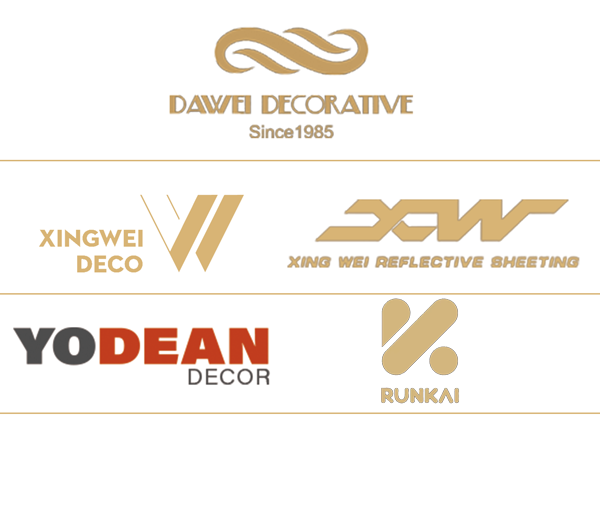There are a few different options when it comes to edge banding. You can choose from common species such as maple, oak, or maple veneer, or you can select edge banding that is made of an exotic species. In addition, specialty woodworking stores often sell edge banding that comes in a larger range of widths, including 2-in. edge banding for 3/4-inch plywood will be about 13/16-in wide, but you can also find it in seven/8-in. widths.
Veneer edge banding
Veneer edge banding for 3/4 plywood is available in pre-glued, iron-on cherry veneer rolls, which are 2.1cm wide and 80m long. These rolls are applied using an iron, hot air blower, or an edgebander machine. The veneer edge banding roll is pre-glued and sanded to give a smooth edge.
The advantages of veneer edge banding over other types of edgebanding are numerous. This edge banding can be made of a wide range of different materials, including raw wood veneer and 2-ply veneer. These materials can be easily cut with a knife, while veneer edge banding that does not come pre-glued can be bonded with heat lock glue.
When trimming the edges of a 3/4-inch plywood panel, you should make sure the edges are smooth and even. The edges should be sanded down to a smooth finish, but if you want to remove any excess veneer edge banding, you can use a sanding block. Make sure to hold the sandpaper at an angle while sanding.
Iron-on edge banding
Wood veneer edgebanding for 3/4 plywood comes pre-glued and iron-on. It is available in cherry veneer and measures 2.1cm wide and 80m long. It can be applied manually or with a hot air blower or edgebander machine. It is easy to install and is an excellent choice for DIY projects.
When applying iron-on edge banding, check the edges carefully to ensure that it’s aligned correctly and is evenly adhered. It’s easy to misalign the edge banding during the application process. If it’s not, it’s easier to cut new edge banding. If you’re using a router, it’s a good idea to stamp down the edge banding with a block of wood while it’s hot. This ensures that the banding adheres completely. If any raised areas appear, you’ll have to reheat the edge banding again.
Before installing iron-on edge banding, make sure that the edge banding is wider than the edge of the plywood. Ideally, it should have an equal overhang on each side. Start from one edge and work your way to the opposite edge. You should then iron the banding across the entire plywood edge a couple of times. Move slowly to allow the adhesive to warm up properly. It is also important to use a level surface when ironing.
Thin veneered edge banding
Thin veneered edge banding for wood products such as cabinets and furniture provides an extra layer of strength to the wood. This material is not only aesthetically pleasing, but also durable, meaning that it will not split or crack. The material is available in several different types, including PVC, solid wood, and veneer.
There are many different species of wood available for edge banding. For example, African wood species are well-known for their unique designs and are environmentally friendly. European species are strong and lightweight. Asian species are more affordable, but also flexible. When selecting thin veneered edge banding for 3/4 plywood, make sure to consider the species and color.
One way to apply veneer edge banding is to use contact cement or banding tape. This tape has an iron on adhesive that you can use to adhere the veneer to the plywood. This method is not as durable as veneered edge banding, but you may have a limited selection of designs if you use it. Another option is to use solid wood edge banding. This method can speed up production runs.
Wood filler
Wood filler is a product that can be used for a variety of projects. Its special formula prevents cracking and is water-resistant. This filler is available in a variety of colours and is resealable to keep it fresh. It is easy to use and is highly recommended for small-scale projects.
You should purchase the right type of wood filler according to the project size and the material you plan to fill the wood with. A small tube is recommended for repairing small cracks, while a large tub of powder is perfect for large, commercial projects. Most fillers come in squeeze tubes, tubs, or sticks.
Wood filler is available in various colors and brands, and the type you purchase will depend on the size of the crack you are trying to fill. While some fillers can be sanded and stained, others are meant for unfinished woodwork. Wood putty, on the other hand, is meant for repairing cracks and large holes in finished woodwork.


Leave a Reply
Want to join the discussion?Feel free to contribute!